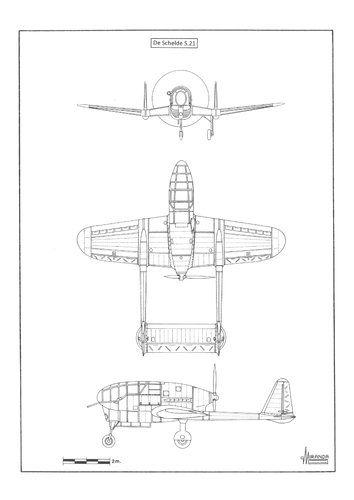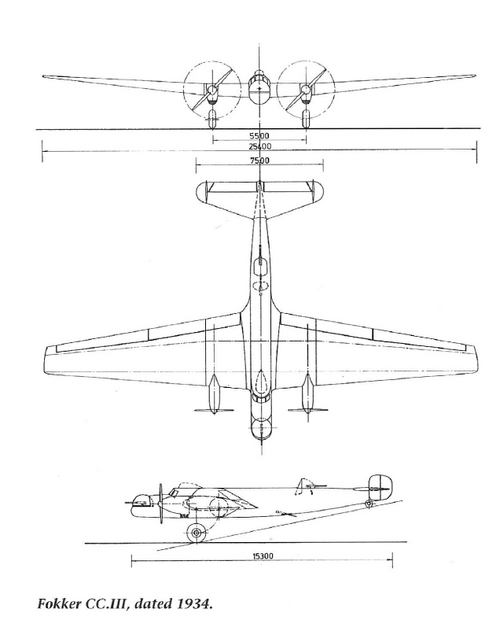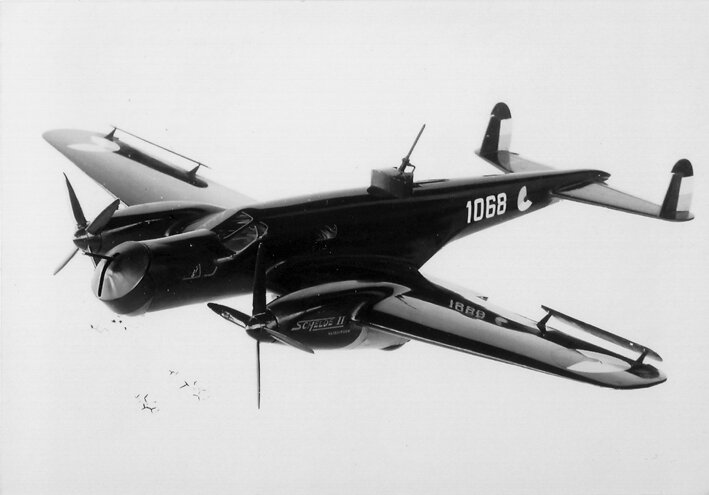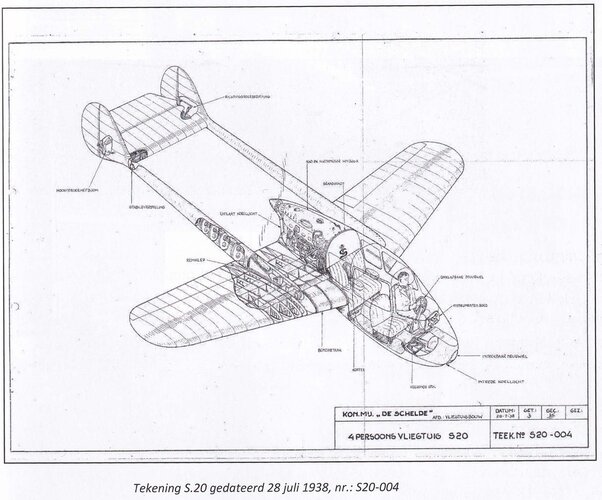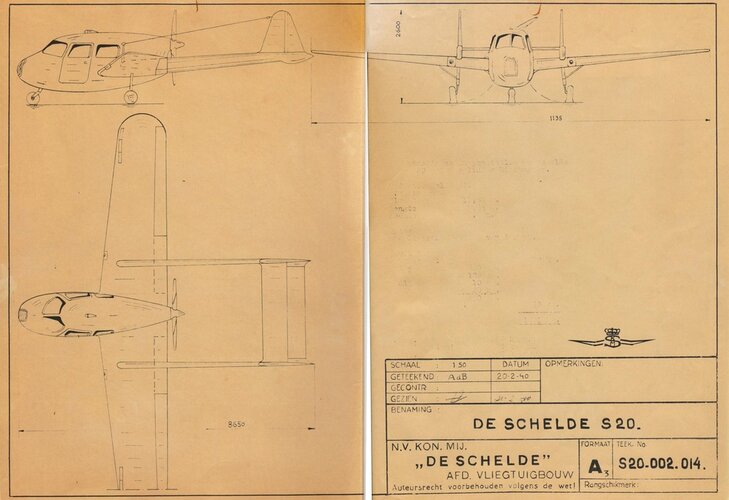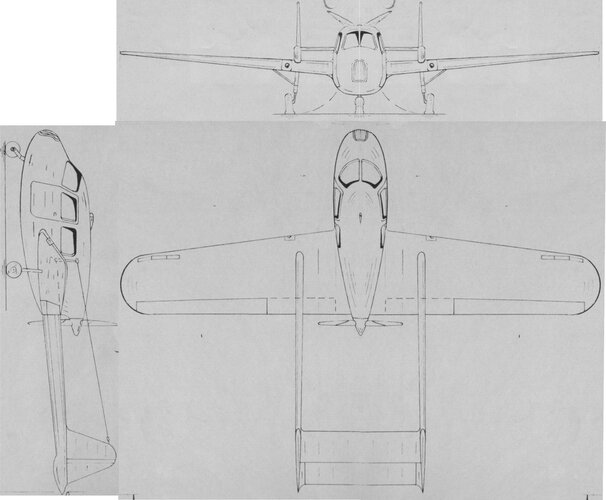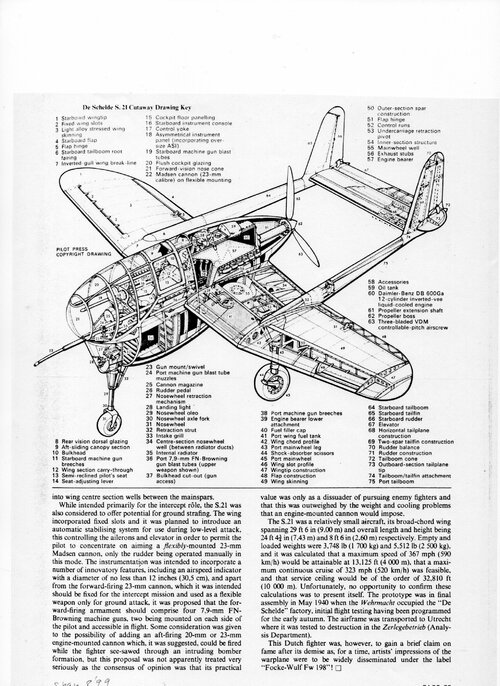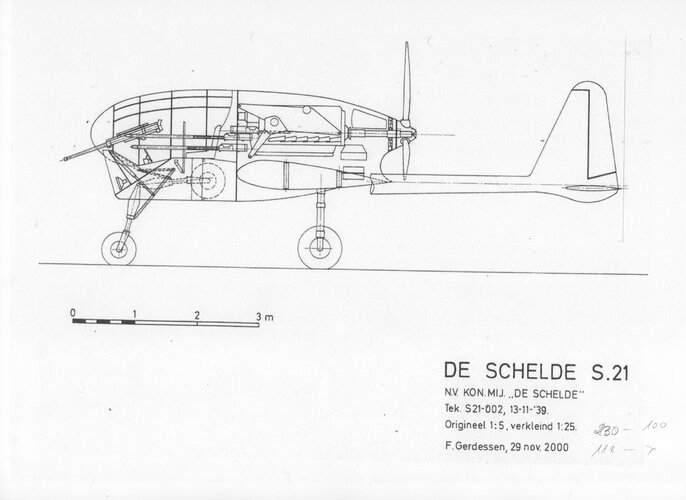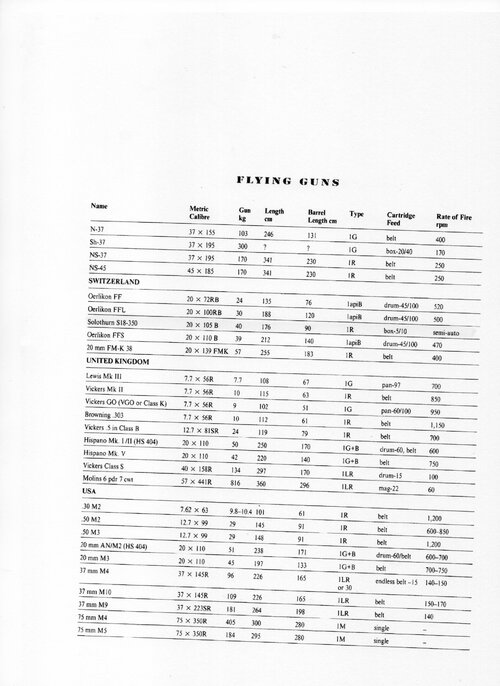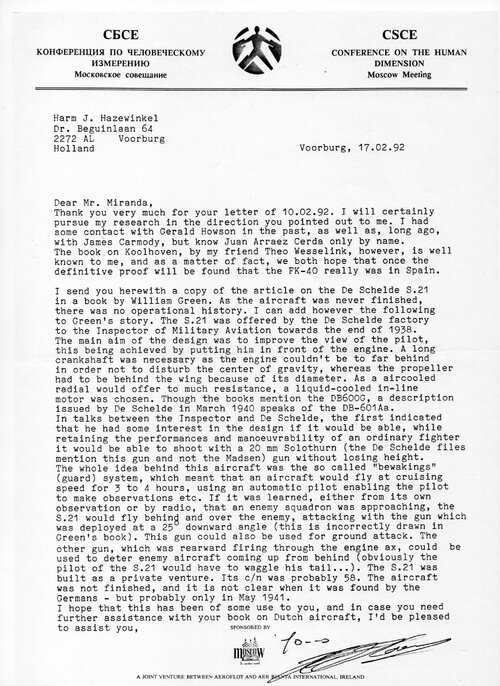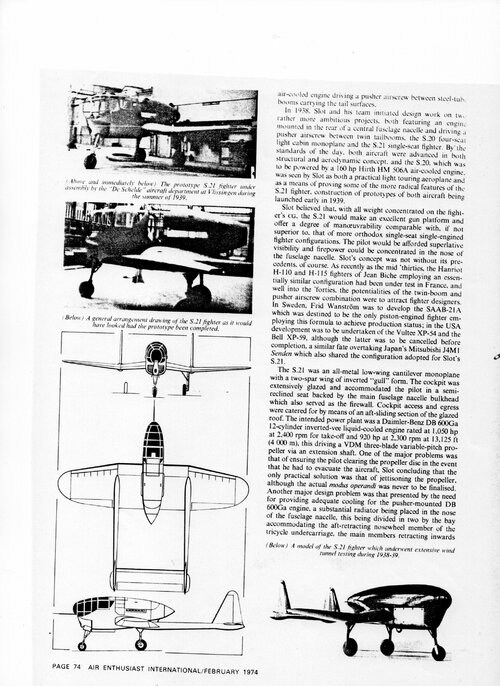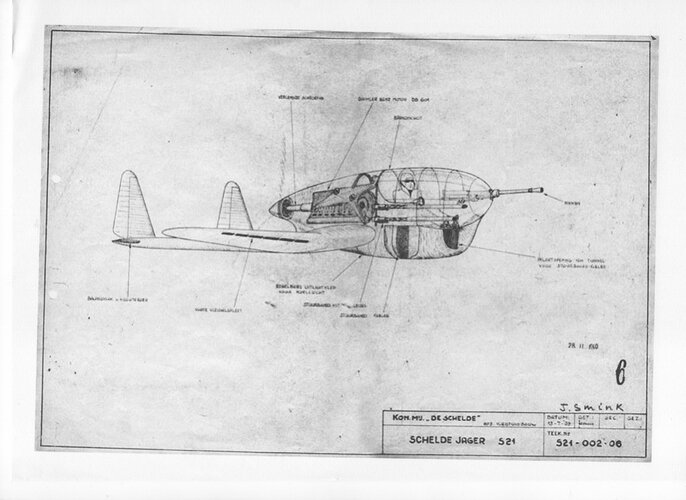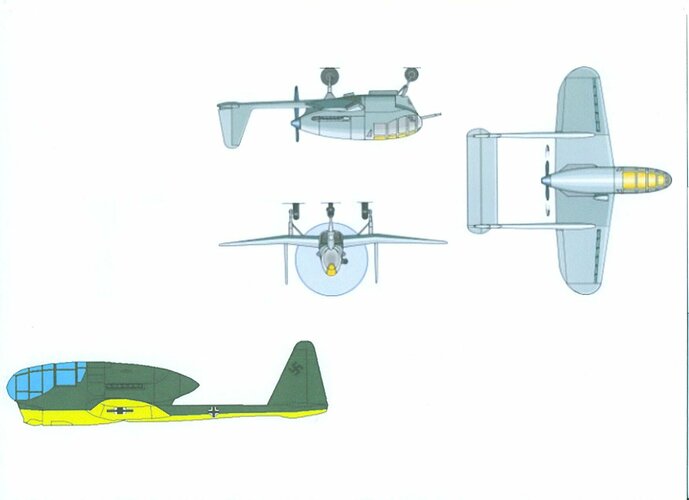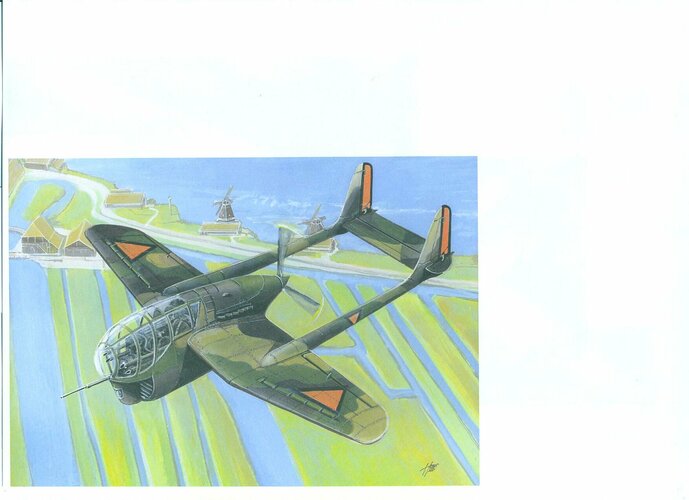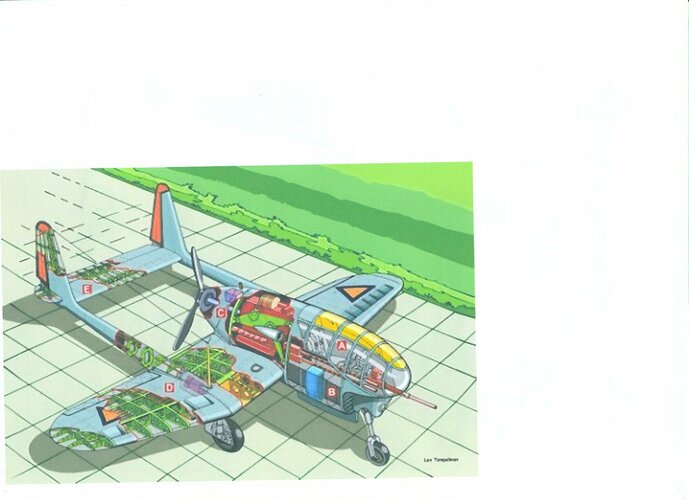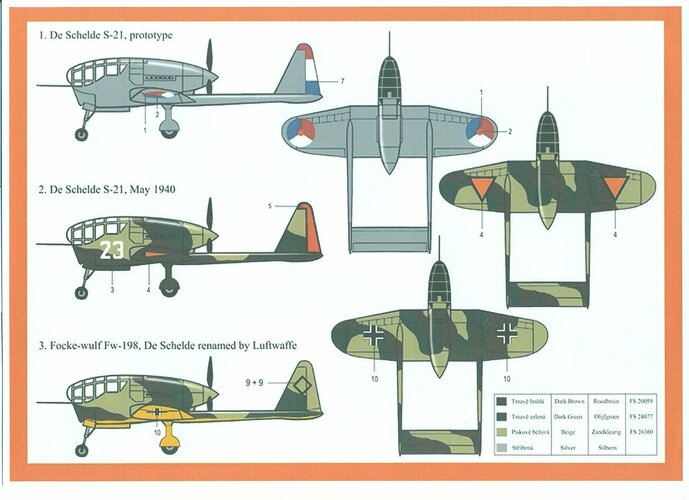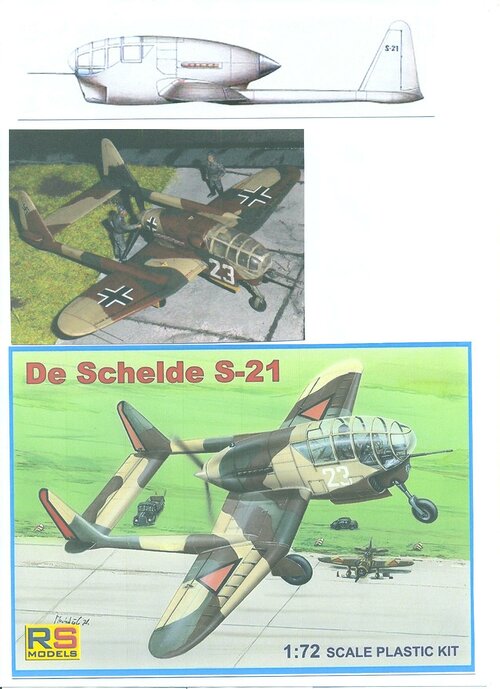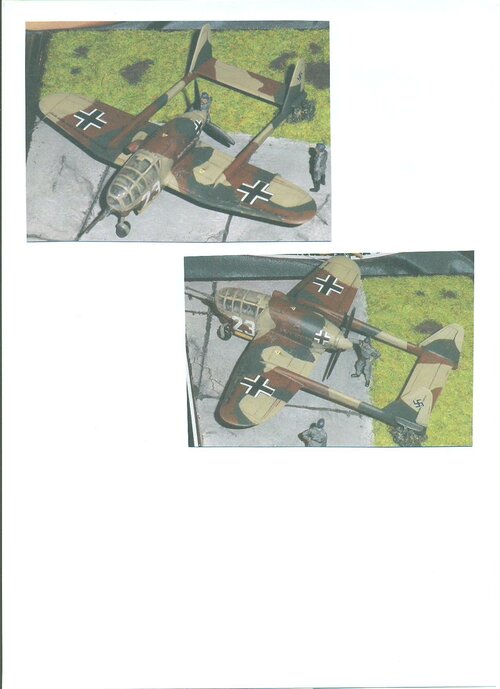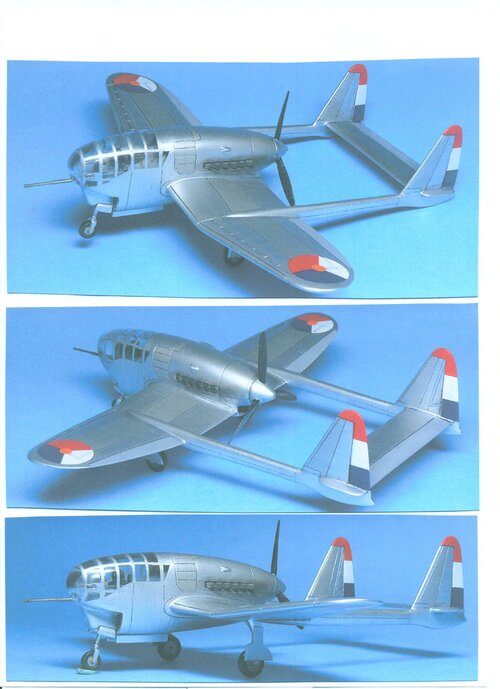Excellent! Thanks for identifying a source,
lark!
So, this concept would have been aimed at KLM's
Westindisch Bedrijf (WIB). I presume this means that WIB had begun the search for a Fokker F.XVIII replacement soon after '
Snip' (PH-AIS) made its first flight to Curaçao. And, of course, KNILM in the NEI was already replacing Fokker trimotors with DC-2s.
Also great to have those captions from Hooftman's
Nederlandse Vliegtuig Encyclopedie de Schelde volume. On that text, most interesting to see that the S.8 was to be offered with alternative radial engines. We know that the F.XVIII trimotors were
Wasp C-powered. KLM DC-2s had 750 hp
Cyclone SGR-1820-F2s and the DC-5s that followed in WIB service were also Wright-powered. Of course, no guarantee that, in 1935, de Schelde had anticipated that shift from P&W to Wright engines.
I too was going to comment on the nacelle markings 'Schelde I / Vlisingen'. Back in reply
#58, you had noted the similar 'Schelde II / Vlisingen' markings on the
jachtkruiser design which opened this thread. Since we now have it confirmed that 'Schelde I' refers to the first T.E. Slot design specifically for de Schelde, we can safely infer that 'Schelde II' indicates Slot's second design for the firm. As such, we can dispense with the notion that that those
jachtkruiser markings might suggest an 'S.11' [
sic] designation.

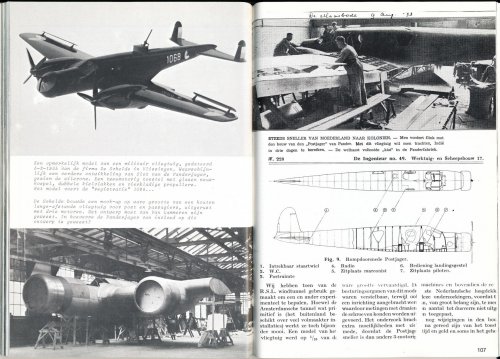
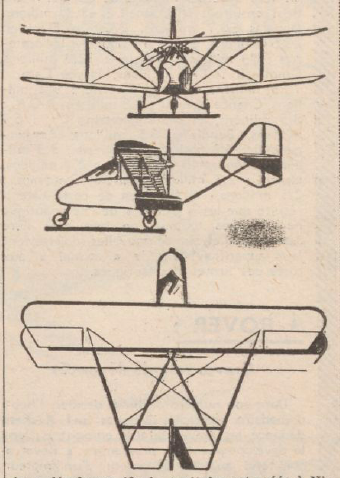
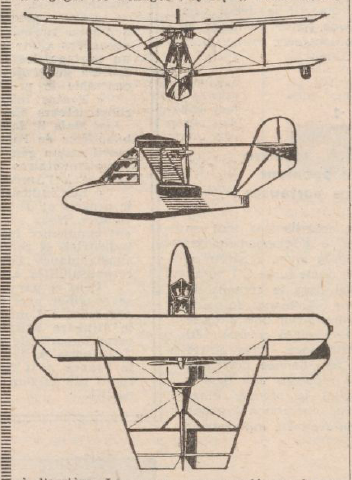
![Les_Ailes___journal_hebdomadaire_[...]_bpt6k3201033r_15.jpeg](/data/attachments/154/154568-6c0fe63a3a399b3fe88852f17f59a37a.jpg)
